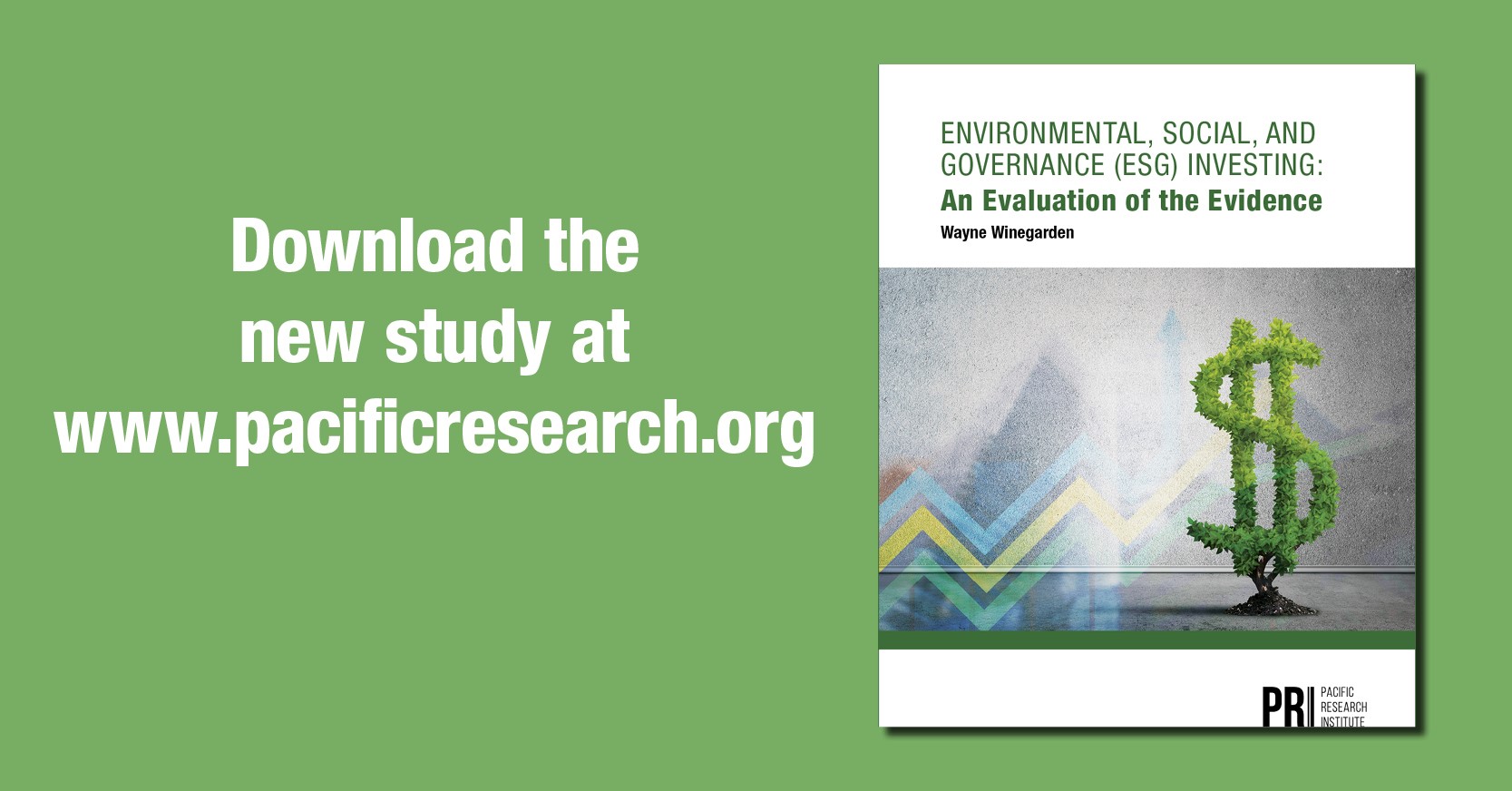By Tim Anaya and Wayne Winegarden
Even with generous assumptions, the state unfunded pension crisis is worsening. The market surge of 2021 helped reduce the unfunded gap, but then came the bear market of 2022. As a recent Wall Street Journal Headline put it, Market Rout Sends State and City Pension Funds to Worst Year Since 2009.
The market rout reversed the gains made in 2021. As of July 2022, the estimated total unfunded liabilities of state pension plans were a staggering $1.4 trillion combined. To put that number in perspective, the entire U.S. economy was a bit under $29 trillion as of the second quarter of 2022. So just the unfunded liabilities of state public pension plans equaled about 6 percent of the nation’s economy.
California is also plagued with this problem. The state’s unfunded public pension liabilities could grow to more than $285 billion by the end of 2022, depending upon this year’s market returns.
If these were the only debts the states owed, it would be bad enough. These figures do not include the unfunded liabilities of the promised healthcare benefits to retired public employees; nor do they include the general obligation or other government debts the states owe. Suffice it to say, there is a crushing public debt crisis just over the horizon.
Any organization facing such a massive crisis would prioritize getting out of debt. While not sufficient for closing the gap, investing the state’s assets with the goal of maximizing shareholder returns is a logical strategy all states should be pursuing. Logical, but astonishingly, too many states are investing their public pension funds’ assets for reasons other than maximizing shareholder returns.
Instead, state public pension funds prioritize the latest investing fad known as Environmental, Social, and Governance (ESG) investing. In its overview, CalPERS states its ESG strategy will
- Guide and support sustainable investment practices and environmental, social, and governance (ESG) factor integration into investment decision-making processes
- Lead advocacy efforts on various sustainable investment and financial markets topics
- Conduct engagements with companies, external managers, and stakeholders, prioritizing resources toward topics with the highest potential financial value
The problem CalPERS has, along with all other ESG investors, is that the rhetoric does not match reality. As PRI’s past research has shown, ESG funds do not outperform the financial returns of non-ESG funds, which may be expected. What is unexpected, as a 2022 Harvard Business Review article summarized, the findings from
researchers at Columbia University and London School of Economics [who] compared the ESG record of U.S. companies in 147 ESG fund portfolios and that of U.S. companies in 2,428 non-ESG portfolios. They found that the companies in the ESG portfolios had worse compliance records for both labor and environmental rules. They also found that companies added to ESG portfolios did not subsequently improve compliance with labor or environmental regulations.
So, investing in ESG funds neither enhances returns nor achieves the ostensible objectives of the ESG advocates. These findings also do not account for the surge in energy stocks over the past year – Exxon Mobil is up over 73 percent over the past year (as of August 18, 2022) compared to declines in the broader stock indices. The higher returns from oil stocks mean that ESG investors have likely missed the financial benefits enabled by diversification into the oil and gas sector.
Nor do they account for the higher fees ESG funds charge compared to their non-ESG counterparts – expense ratios for all open-ended mutual funds were 0.41 percent in 2020 compared to 0.61 percent for ESG funds, nearly 50 percent higher. These higher expense ratios meaningfully reduce long-term investor returns.
The lesson for CalPERS and all other public pension funds is clear: closing public pension funds’ large unfunded liability gap is hard enough without creating arbitrary criteria that harm returns, increase costs, and fail to achieve their ostensible objective. Those public pension funds that fail to heed this lesson are imposing large and adverse consequences on future pensioners and taxpayers.
Tim Anaya is the Pacific Research Institute’s senior director of communications and the Sacramento office. Dr. Wayne Winegarden is senior fellow in business and economics at the Pacific Research Institute.

